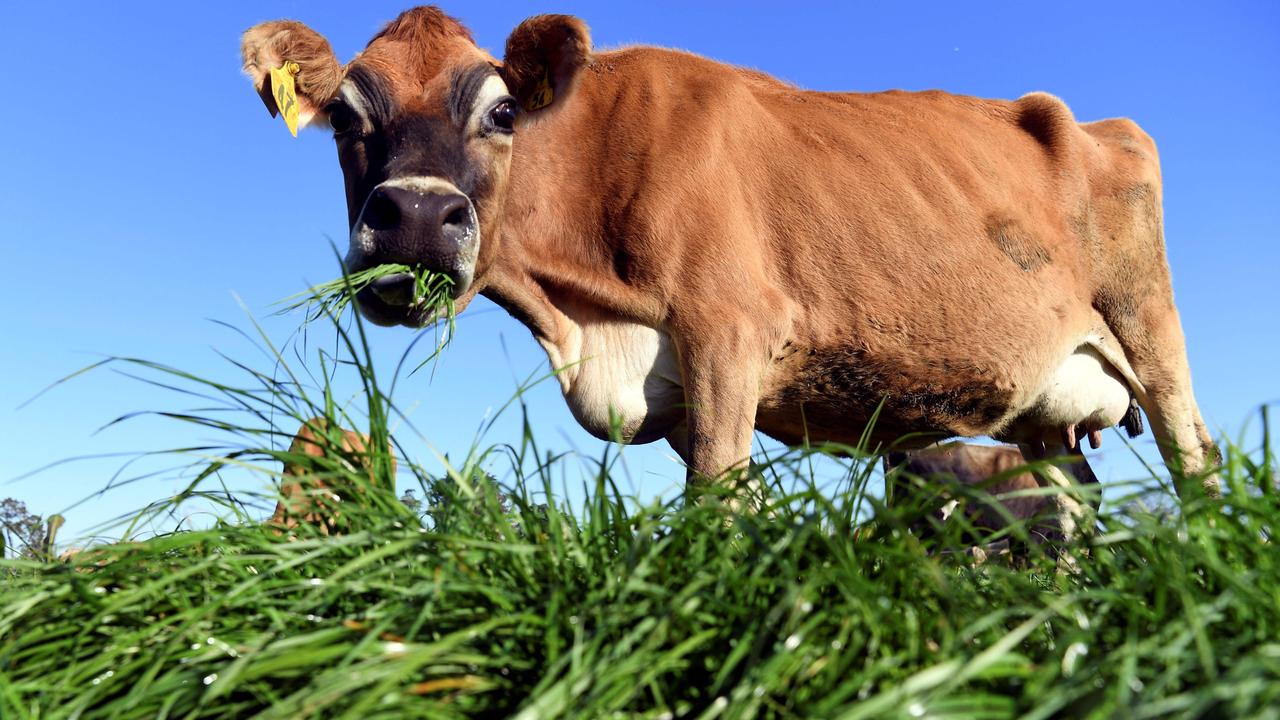Carp virus: Pioneers warn that control measures must be in place before release
The carp virus’ impact may be short lived, if released without the backing of other control measures.

CSIRO scientists, whose pioneering research underpins the rollout of the carp herpes virus in Australia, have warned against its release until a second genetic or biocontrol measure is developed.
“Until then, it would be unwise, even wasteful, to release CyHV-3 (carp virus) into the Australian environment,” Drs Kevin McColl and Agus Sunarto wrote in their latest review into Biocontrol of the Common Carp.
Dr McColl, who has been working on the virus since 2007, told The Weekly Times he was keener than most Australians to see it released, but “let’s not waste it”.
“You could knock carp down with the virus, (then) they could rebound in 2-3 breeding seasons and you wouldn’t notice. Carp are one of the most prolific breeders of all time, with a single female producing 500,000 eggs each season.”
Modelling, done as part of the Federal Government’s investigation into releasing the virus, estimates it would cut carp populations by 60 per cent in the Murray Darling Basin’s waterways and curb fish densities to well below the damaging threshold of 100kg/ha, for at least 10 years.
However, Dr McColl said the modelling was based on a range of assumptions that may not prove correct, and he feared the herpes viruses was less likely to affect older fish, leading to an inevitable wind-down in the number of outbreaks and their impacts.
Prior to joining the CSIRO fish group in 2000, Dr McColl worked on the rabbit calicivirus, which taught him the value of using complimentary control measures.
“Myxo (myxomatosis) and calicivirus have done a great job in knocking rabbits down,” Dr McColl said. “Calicivirus was in some way a complementary measure, but it was 40 years late.”
Dr McColl’s and Dr Sunarto’s research concludes the lessons from attempts at viral biocontrol of invasive vertebrates have shown, “that in each case complementary measures were required for sustained control or eradication of the pest species.”
At this stage no effective complimentary measures has been developed for the carp herpes virus, with the daughterless carp project estimated to take 80 years to be effective and gene-drive technology regarded as unsafe.
The Federal Government was originally due to make a decision on the release of the virus by the end of 2018, but the process has been dogged by repeated reviews into research findings and most recently COVID-19 restrictions.
As of last week Department of Agriculture, Water and the Environment officers told The Weekly Times more research needed be conducted on the seasonality and secretion of the virus, plus quantifying its transmission by skin to skin contact and “waterborne pathways”.
At this stage the department advised no decision was likely before the end of the year.
MORE


